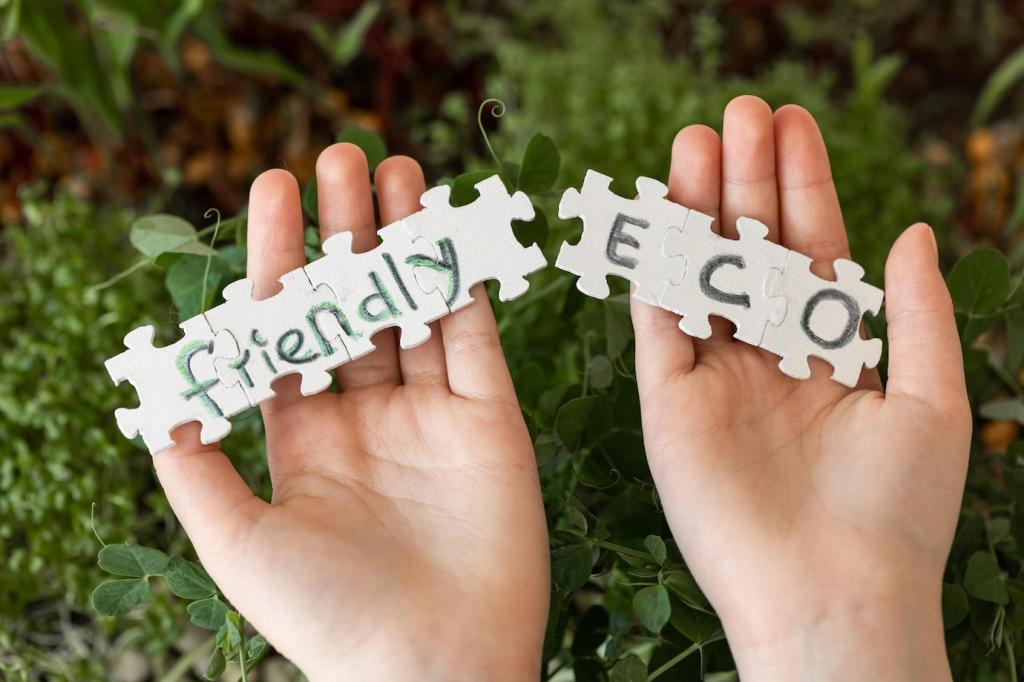Natural Finishes and Adhesives That Actually Work
Raw or polymerized linseed oil, walnut oil, and beeswax blends can protect beautifully without high VOCs. Check Safety Data Sheets for clarity. I revived a dry oak bookshelf with two thin oil coats and a wax burnish; the grain glowed, and the room didn’t reek.
Natural Finishes and Adhesives That Actually Work
Milk paint and truly zero-VOC paints offer matte depth and quick touch-ups. Casein-based milk paint is breathable and bonds well to scuffed surfaces. I color-matched a thrifted nightstand to our hallway runner; one afternoon later, it looked designed, not improvised.




